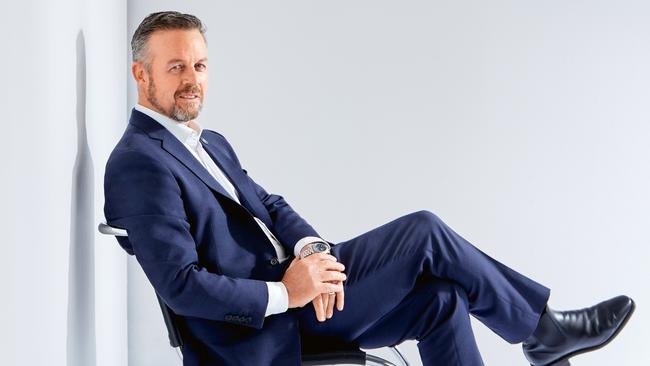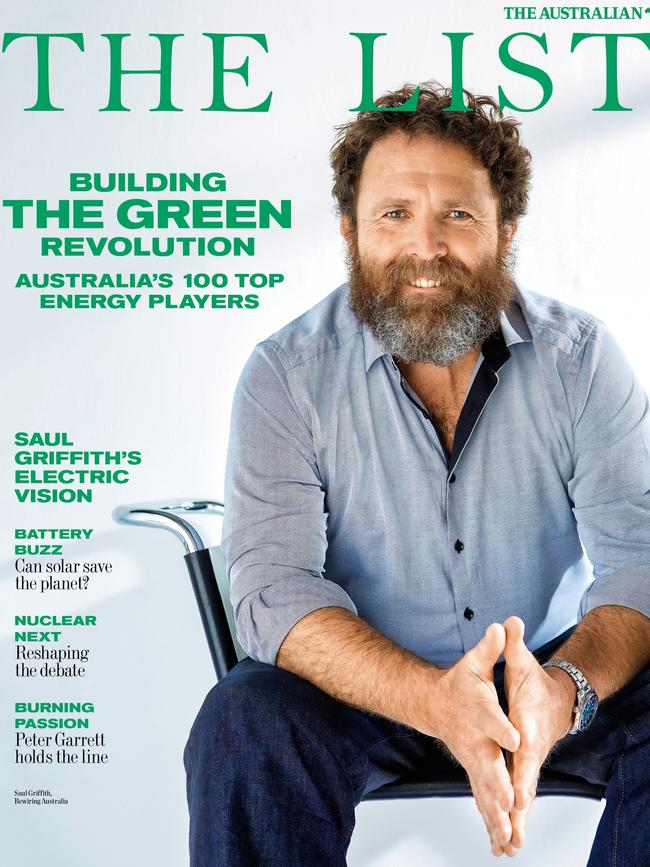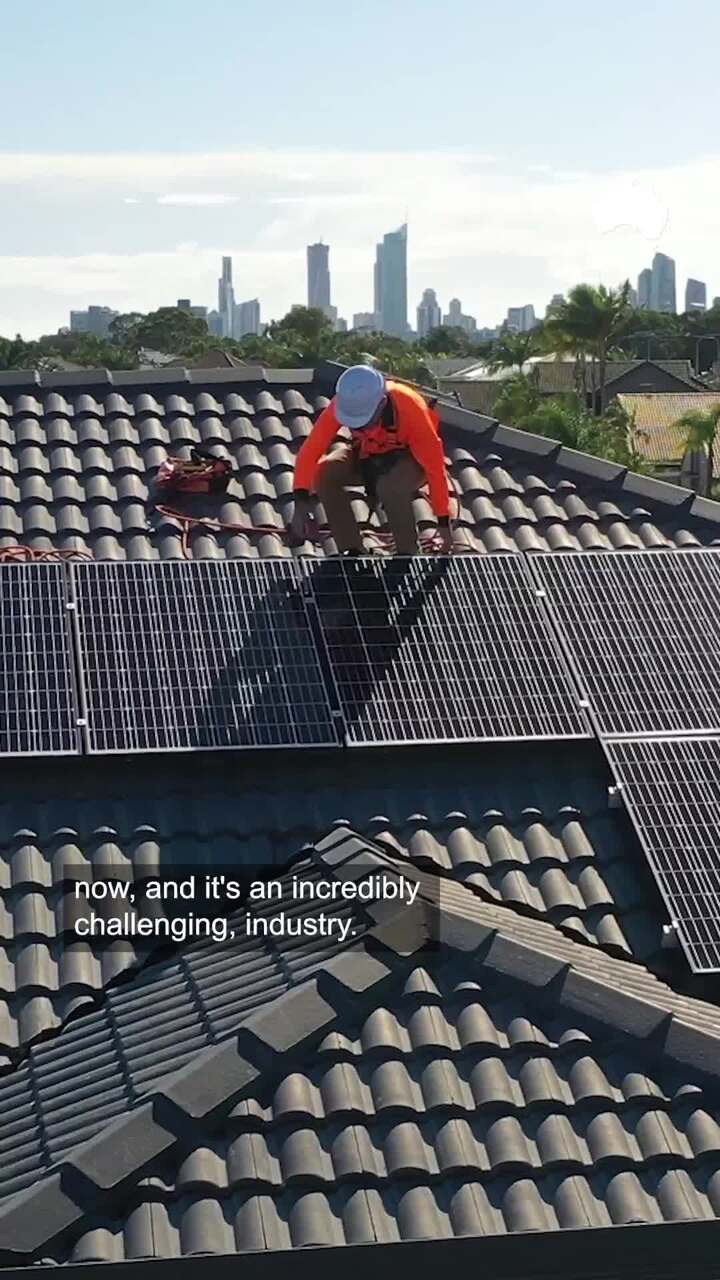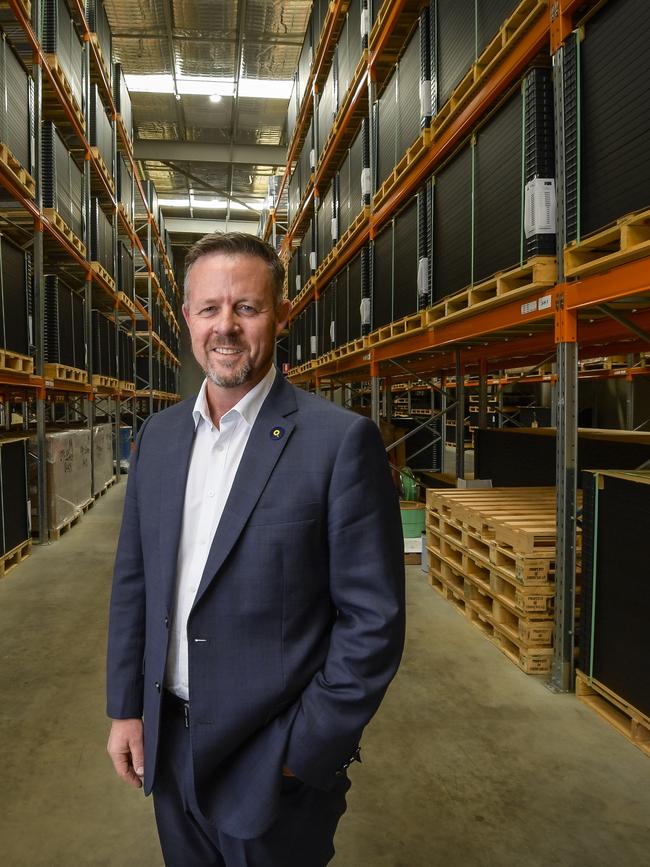Tindo says with funding it can scale up to produce 1.9 million panels a year for Aussie climate
To call Tindo Solar a small player would be an overstatement but the Adelaide firm is Australia’s only locally made solar panel maker and chief Richard Petterson has grand plans.

To call Tindo Solar a small player in the solar energy sector in Australia would be an overstatement. The Adelaide company provides just one per cent of the solar panels on the nation’s rooftops; the other 99 per cent are imported, mainly from China.
But Richard Petterson, chief executive of the company launched almost 15 years ago and which employs more than 65 people, has plans to scale up and in the process add to Australia’s manufacturing skills.
The company makes Australia’s only locally manufactured panels but uses many imported components, and some critics argue there is no point trying to build a local solar manufacturing industry here.

This is an article from The List: 100 Top Energy Players 2024, which is announced in full on November 22.
The federal government disagrees and this year announced a $1bn Solar Sun Shot program to drive local manufacturing. Tindo is looking for support, and if it receives funding, plans to scale up capacity sevenfold to produce about 1.9 million panels a year. It also plans to stimulate local supply chains by swapping to local components, such as aluminium and silica and junction boxes where possible.
Petterson says Tindo panels are of better quality and more suitable to Australia’s extreme climate than those sourced overseas.

“The original vision was to make a solar panel that was really high quality, long lasting and suitable for Australian conditions,” he says. “That was 15 years ago, and that’s stood us well over the test of time.”
He says many imported panels are not hardy enough for Australia’s severe weather conditions. And conversely, Tindo’s emphasis on durability is an advantage in the global market; it already exports panels to Vietnam and Petterson’s goal is to find other overseas markets.
“The good thing about that is that if they’re made for Australian conditions, they’ll also perform really well around the world,” he says.
Petterson joined Tindo as chief executive in 2022 after a long career as a senior executive and board member. He spent five years at Queensland Urban Utilities, the government water and wastewater agency, and says there are similarities with his current role.
“For solar, the core of the water sector is serving people,” he says. “And I think that’s also the core of the renewable sector, serving people and the planet.


“I had a love for the idea of taking the skills and capabilities I built up in the water sector and applying it to the manufacturing sector. It’s a really natural step, if you think about water and power – they’re both essential services.”
Petterson is passionate about local production. “Australia has been letting go of its manufacturing for 30 years, and every time we let go of another product, we lose expertise and capacity to make things,” he says. “And then, every time we try to make something from the low base we have, it’s comparatively more expensive than countries that have invested in manufacturing. We need to decide if we want to be a manufacturing nation.”
He says it’s also a question of secure supply; Australia will need more and more solar panels as the demands for renewable energy increase and we need to understand the sovereign risks in relying on overseas supply chains.
He’s optimistic about the future of renewables in Australia, not just because of the Albanese government’s support, but thanks also to partnerships with researchers at institutions such as the University of NSW and the University of South Australia.
“We’re active participants in advancing the solar cause,” says Petterson. “That then translates into how we think about our products, and what products we bring to market.”


To join the conversation, please log in. Don't have an account? Register
Join the conversation, you are commenting as Logout